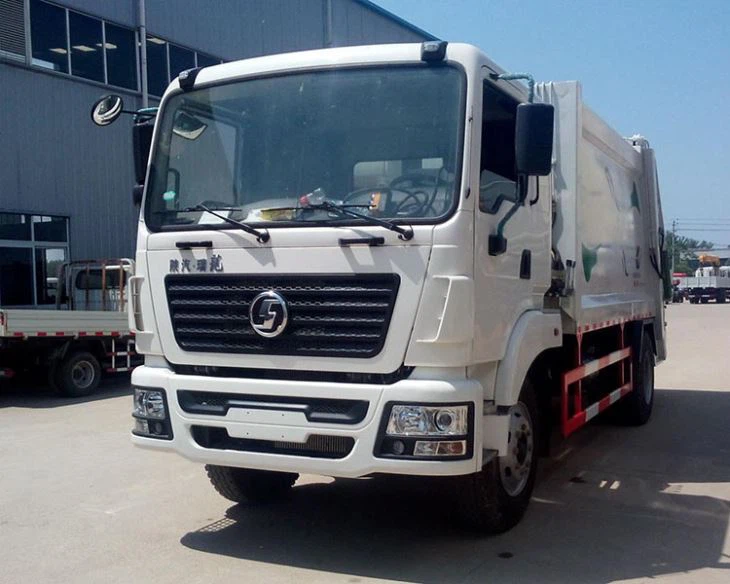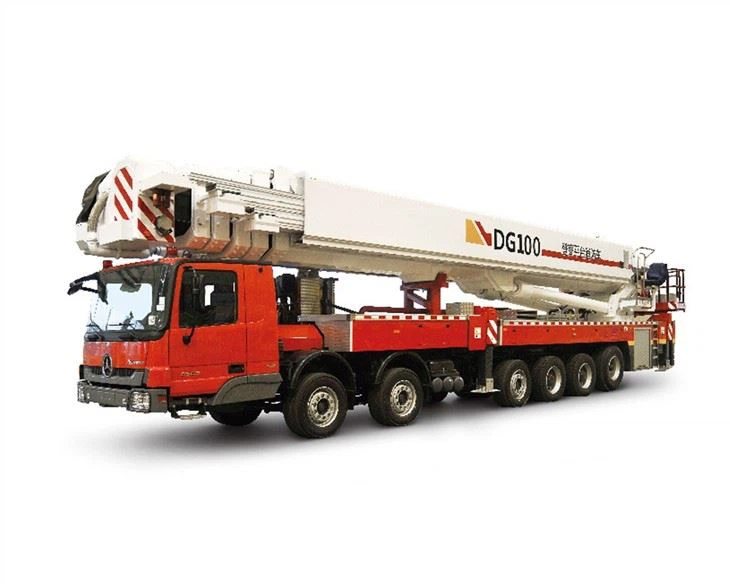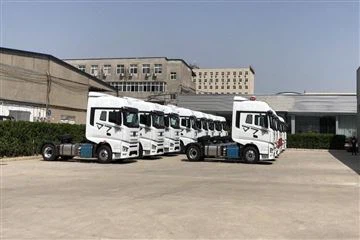How Big is a Garbage Truck? A Comprehensive Guide to Size and Capacity

Garbage trucks are an essential part of waste management systems in cities across the globe, efficiently collecting residential, commercial, and industrial waste. While many people see these large vehicles on the road, most may not consider their dimensions or how those dimensions affect their capacity and functionality. This article provides a detailed overview of garbage truck sizes, types, capacities, and practical examples to better understand how they serve our communities.
The Importance of Garbage Trucks in Waste Management
Garbage trucks play a crucial role in maintaining cleanliness and public health in urban and suburban areas. By understanding their size, we can better appreciate their capacity, efficiency, and importance. Let’s delve into the various aspects concerning how big a garbage truck really is.
1. Types of Garbage Trucks
Before we address the size of garbage trucks, it’s essential to understand the different types. Each type has a distinct design and size tailored to specific waste collection needs.
1.1 Rear Loaders
Rear loaders are perhaps the most common type of garbage truck. They have an opening at the back for loading waste directly into the truck’s hopper. Typically, rear loaders range from 20 to 30 feet in length and can carry between 20 to 30 cubic yards of waste.
1.2 Front Loaders
Front loaders are designed for commercial waste collection. They have a large container attachment at the front that mechanically lifts dumpsters. These trucks usually range from 20 to 25 feet long and have a capacity of about 6 to 10 cubic yards.
1.3 Side Loaders

Side loaders can pick up waste from the side of the truck, which can be particularly useful in residential areas with limited access. They vary in size from 20 to 28 feet in length and can transport 20 to 30 cubic yards of waste.
1.4 Roll-Off Trucks
Roll-off trucks are a specialized type designed to lift large containers that can be rolled off for easy waste disposal. Generally, these trucks measure between 20 to 30 feet long and can carry containers that hold up to 40 cubic yards of waste.
2. Dimensions of Garbage Trucks
Understanding the dimensions of garbage trucks is crucial for city planning, waste management logistics, and ensuring safe access to waste pickup areas.
2.1 Typical Dimensions
| Type of Truck | Length (feet) | Width (feet) | Height (feet) |
|---|---|---|---|
| Rear Loader | 20 – 30 | 8 – 8.5 | 10 – 13 |
| Front Loader | 20 – 25 | 8 – 8.5 | 10 – 12 |
| Side Loader | 20 – 28 | 8 – 8.5 | 10 – 13 |
| Roll-Off Truck | 20 – 30 | 8 – 8.5 | 10 – 13 |
2.2 Weight and Capacity
The weight of a garbage truck is another critical factor. Most garbage trucks typically weigh between 20,000 and 33,000 pounds when empty. When fully loaded, this weight can exceed 60,000 pounds, depending on the truck’s capacity.
3. How Garbage Truck Size Affects Waste Collection
The size of a garbage truck significantly influences how efficiently waste is collected. Larger trucks can hold more waste, reducing the number of trips needed to dispose of garbage. This not only saves time but also lowers fuel consumption and reduces environmental impact.
3.1 Pickup Efficiency
In densely populated areas, the size of garbage trucks is designed to navigate through narrow streets while maximizing collection efficiency. Smaller trucks or side loaders may be ideal for urban settings, while larger rear loaders might be more effective in suburban neighborhoods.
3.2 Environmental Considerations
Using larger garbage trucks can reduce the carbon footprint associated with garbage collection. By holding more waste, these trucks decrease the number of trips to landfills or processing centers, leading to lower fuel consumption and emissions.
4. Innovations in Garbage Truck Design
As cities grow and waste management challenges evolve, innovations in garbage truck design continue to emerge.
4.1 Automated Garbage Trucks
Automated garbage trucks use robotic arms to lift and empty containers, reducing the number of workers required for waste collection. These trucks generally maintain similar dimensions to traditional models but enhance collection speed and safety.
4.2 Compact Garbage Trucks
Compact garbage trucks are designed for residential and narrow streets, making them easier to maneuver in crowded urban areas. These trucks typically range from 16 to 20 feet long and can carry anywhere from 10 to 16 cubic yards of waste.
5. Examples of Garbage Trucks in Different Cities
Different cities have varying needs for garbage trucks based on their population density, waste production, and geographical characteristics. Here are a few examples:
5.1 New York City
New York uses a fleet of side loaders and rear loaders due to the high volume of waste produced in dense urban environments. The trucks can often be found navigating the city’s narrow streets.
5.2 Los Angeles

Los Angeles employs a mix of front loaders and automated trucks, allowing for efficient collection in both residential and commercial areas while accommodating the wide streets of the city.
5.3 Small Towns
In smaller towns, compact garbage trucks are favored. These vehicles can easily navigate the narrower streets and are more cost-effective for lower volumes of waste.
6. Choosing the Right Garbage Truck Size for Your Needs
When selecting a garbage truck, it’s essential to consider the specific needs of your community. Here are some tips:
6.1 Assess Waste Volume
Evaluate how much waste is generated in your area. Choosing a truck size that matches waste volume can save on operation costs.
6.2 Consider Accessibility
Understand the accessibility of your neighborhoods. Are the streets wide enough for larger trucks? Are there any weight restrictions?
6.3 Evaluate Environmental Impact
Consider trucks that can minimize emissions and fuel usage. Larger trucks tend to be more efficient in the long run due to fewer trips.
7. Maintenance and Lifespan of Garbage Trucks
Regular maintenance is key to ensuring garbage trucks operate efficiently throughout their lifespan, which can range from 10 to 15 years.
7.1 Common Maintenance Practices
- Regular oil changes
- Checking hydraulic systems
- Inspecting brakes and tires
- Cleaning and maintaining the body and interior
7.2 Foreshadowing Future Needs
As urban areas grow and waste production changes, cities may need to plan for new, larger trucks or alternative waste collection strategies.
FAQ
1. What is the average size of a garbage truck?
The average size of a garbage truck varies by type, but they typically range from 20 to 30 feet in length, 8 to 8.5 feet in width, and 10 to 13 feet in height.
2. How much waste can a garbage truck hold?
Depending on the type, garbage trucks can hold between 6 to 40 cubic yards of waste.

3. Do garbage trucks vary in size based on the city?
Yes, cities tailor their garbage truck sizes based on factors like population density, waste volume, and infrastructure.
4. How heavy is a fully loaded garbage truck?
A fully loaded garbage truck can weigh over 60,000 pounds, depending on its size and capacity.
5. What are the benefits of larger garbage trucks?
Larger garbage trucks are more efficient as they reduce the number of trips required for waste collection, leading to lower fuel consumption and reduced environmental impact.
6. How long does a garbage truck last?
On average, a garbage truck can last between 10 to 15 years with proper maintenance.
